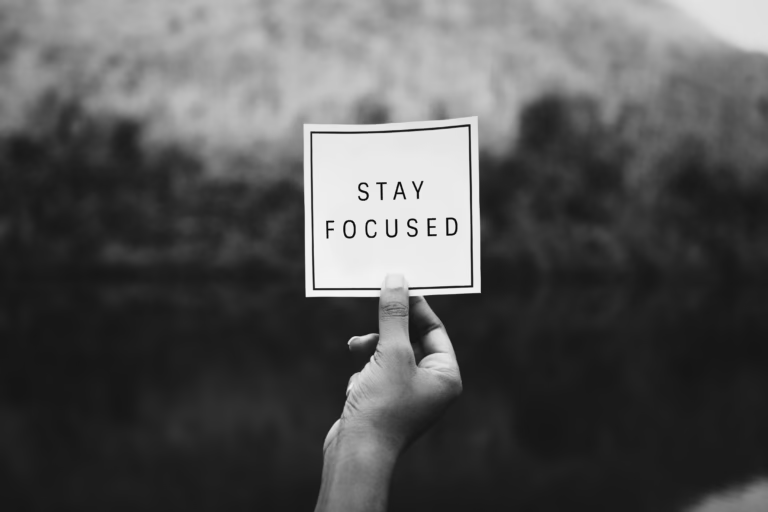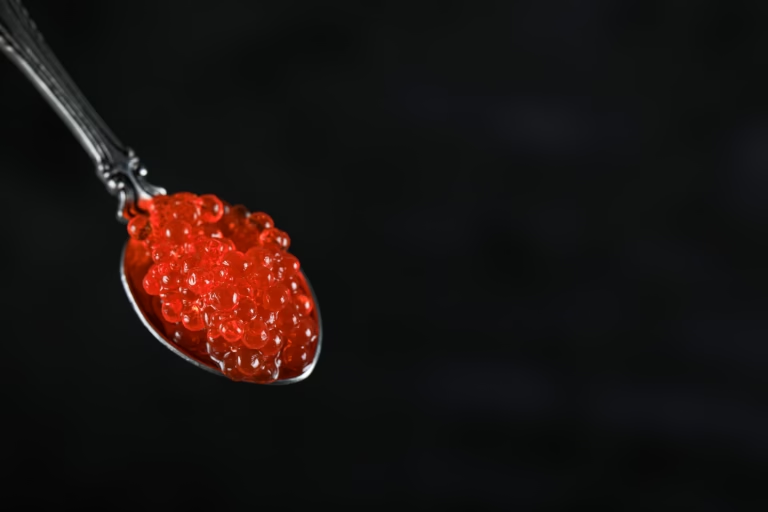Red Light Therapy benefits: 7 Proven Benefits You Should Know
Could a simple beam of light really help you look younger, soothe those nagging aches and pains, and even boost your brainpower? What if I told you a technology, once researched by NASA for astronauts, is now something you can use right in your own home – a real game-changer for health and wellness? Sounds a bit like sci-fi, right? Well, we’re about to explore some pretty incredible red light therapy benefits (also known as red light therapy at home). You might be surprised by what this light can do, from smoothing out wrinkles to helping you focus. Stick around as we look at what the science says and how you can actually get your hands on this.
What is Red Light Therapy?
So, what exactly is this red light therapy everyone’s talking about? You might’ve heard fancy names for it, like photobiomodulation or low-level laser therapy. Basically, it’s a treatment that uses specific types of red and near-infrared light. This light goes into your skin – don’t worry, it doesn’t hurt – and helps kickstart your body’s natural healing and cell repair. Think of it like plants using sunlight for energy; our cells can actually use certain kinds of light to power up and get to work. When these light waves reach your cells, they get absorbed by the mitochondria – you know, the little powerhouses inside each cell. This process helps them produce more ATP, which is like the main fuel for your cells. More fuel means your cells can do their jobs better, like repairing damage and just functioning more efficiently. And this isn’t some new trend; scientists noticed light could have healing effects way back in the late 1800s, and NASA has even looked into it for helping astronauts heal in space!
Benefit #1: Red Light Therapy for Face – Erase Wrinkles Naturally
Alright, let’s get into one of the big reasons people are excited about red light therapy: making your skin look younger. We all see those fine lines, maybe some wrinkles, or notice our skin isn’t as firm as it used to be. So, what if a special kind of light could actually help with that? Well, red light therapy is looking really promising. It works by waking up the cells in your skin that make collagen and elastin – those are the proteins that keep your skin looking firm and bouncy. As we get older, our bodies make less collagen, but red light therapy can tell your skin to get back to work making more.
A 2014 study published in ‘Photomedicine and Laser Surgery‘ found significant improvement in skin complexion and collagen density after red light treatments.
There’s solid research out there showing it can really improve skin texture, reduce those lines and wrinkles, and boost collagen. Some people in studies saw their skin looking firmer and younger in just about four weeks! So red light therapy for face can really work. And it’s not just about wrinkles. Red light therapy can also help even out your skin tone, calm down redness, and even tackle things like sun damage and age spots. Plus, it boosts blood flow, bringing more oxygen and nutrients to your skin cells, which helps give you that healthy glow. Some studies even show it can help with acne by reducing inflammation – without being harsh on your skin. The FDA has even given the green light to several red light therapy at home devices for aging skin. If you’re curious to try it yourself, there are now FDA-cleared red light therapy at home devices that are both effective and easy to use. One trusted option is from Vital Red Light – you can explore their devices here. You’ll automatically get 15% off your order, or simply enter the code HAPPY15 at checkout to claim your discount!
Benefit #2: Red Light Therapy for Pain Relief & Inflammation
Next up, let’s talk about something many of us deal with: aches and pains. Whether it’s arthritis, a sore back, fibromyalgia, or just muscle soreness after hitting the gym, pain can really get in the way. This is another area where red light therapy is showing some amazing results in soothing pain and calming inflammation. So, how does it work its magic here? Well, red light helps to dial down the body’s inflammatory signals. It can calm down overactive inflammatory cells and improve blood flow to the painful area. Better circulation means more oxygen and nutrients get to where they’re needed for healing, and it helps carry away the gunk that can cause more inflammation.
According to a 2017 review in ‘The Lancet’, red light therapy helped reduce chronic joint pain in patients with osteoarthritis.
There are studies showing it can help reduce pain and stiffness for people with rheumatoid arthritis, and it’s also been found to ease chronic low back pain and knee osteoarthritis. Athletes are really catching on too, using it to recover faster from workouts and reduce muscle soreness. It might even help with tendon and ligament injuries by boosting collagen and reducing inflammation there. What’s great is that it’s non-invasive and you’re not relying on medication, so it’s a fantastic option if you’re looking for pain relief without worrying about drug side effects. It’s not a magic bullet for everything, but its ability to tackle pain and inflammation right down at the cellular level is pretty impressive.
Benefit #3: Cognitive Benefits – Enhance Focus & Brain Function
Okay, this next one might really catch you by surprise. Could red light therapy actually help your brain work better? We’re talking about things like sharpening your focus, boosting your memory, and maybe even helping with more significant cognitive issues. Our brains use a ton of energy, and just like other cells, brain cells can get a boost from red light therapy. When specific red and near-infrared light is aimed at the head, it can actually reach the brain tissue.
A 2021 review in ‘Frontiers in Neurology‘ noted that transcranial red light therapy showed promising cognitive improvements in dementia patients.
The research here is still growing, but it’s super exciting. Early studies suggest that this light therapy can improve brain activity and cognitive functions. The idea is that it increases blood flow to the brain, bringing more oxygen and nutrients to brain cells. It might also reduce stress on brain cells and help those little mitochondria powerhouses work better. There’s even research showing it could improve memory, sleep, and mood in people with dementia. One review in 2021 looked at 10 studies and found that red light therapy helped people with dementia remember better and feel less angry after regular treatments. For those of us just looking for an edge, other studies suggest it could help cut through brain fog, reduce fatigue, and maybe even get those creative juices flowing. While we still need more big studies, the idea that light could actually help our brains stay healthy and focused is pretty amazing, isn’t it?
Benefit #4: Red Light Therapy for Hair Loss – Stimulate Hair Regrowth at Home
Hair loss – it’s a sensitive topic for a lot of us, like a friend of mine (definitely not me🙁) and it can really knock your confidence. But what if there was a non-invasive way, using light, to help with thinning hair? Well, another really interesting benefit of red light therapy is its ability to help stimulate red light therapy for hair loss and regrowth. In fact, there are several red light therapy at home devices outside of the standard lights – things like combs, caps, and helmets – specifically designed to help hair regrow.
So how does it work for hair? According to the 2017 study: Efficacy and safety of a low‑level laser device in the treatment of male and female pattern hair loss, It’s thought that near-infrared light, in particular, can wake up sleepy hair follicles, encouraging them to get back into their growth phase. It also boosts blood flow to your scalp, making sure those follicles get plenty of oxygen and nutrients, which they need for healthy hair. Studies looking at common pattern hair loss have shown that regular red light treatments can help regrow hair and even increase its thickness and length. Some research even suggests it might be as effective as well-known topical treatments for certain types of hair loss, and sometimes combining them works best. Like with most things, consistency is key. You’ll likely need to keep up with it to maintain the results, but it’s a drug-free option worth looking into if you’re dealing with thinning hair.
Benefit #5: Mental Wellbeing – Mood, Sleep & More
Beyond just focus and memory, there’s a buzz about red light therapy potentially helping our overall mental wellbeing – even our mood. Could literally shining a light on your head give you a brighter outlook on life? Early studies and what people are reporting suggest it just might. The way it could work is pretty interesting. By giving brain cells more energy and improving blood flow, red light therapy (also known as red light therapy at home) might help balance brain chemicals and reduce inflammation, which can affect how we feel.
A study in ‘Journal of Affective Disorders‘ (2018) indicated potential antidepressant effects from near-infrared light therapy on mood and circadian rhythm.
Some research hints that it could help regulate our internal body clocks, leading to better sleep – and we all know how much good sleep can lift our spirits. There’s even some evidence it might help with feelings of anxiety and depression, possibly by influencing serotonin levels. One study even showed it could improve depression symptoms and help prevent relapses in people with bipolar disorder after they’d been sleep-deprived. Now, this area definitely needs more solid research before we can make big claims, but the idea that light could positively affect our mood and help us feel better overall is really hopeful. It just shows how connected our physical and mental health are, and how new approaches might offer new ways to boost our wellbeing.
Red Light Therapy at Home – The Wellness Revolution Anyone Can Join
So, after hearing about all these potential game-changers – smoother skin, less pain, a sharper mind, maybe even more hair, and a better mood – you might be thinking, ‘Okay, this sounds great, but it’s probably only for pro athletes or super fancy clinics, right?’ Well, here’s some really good news: this stuff is becoming way more accessible than you’d think. For a long time, yeah, red light therapy was mostly something you’d get at a dermatologist’s office or a specialized spa. But thanks to new tech, especially with LEDs, these devices are now much more affordable and easier to use at home.
These days, you can find all sorts of FDA-cleared devices designed for you to use yourself. There are small handheld ones for targeting specific spots, like a wrinkle or a sore knee. There are face masks for skin care, and even bigger panels if you want to treat larger areas. They even have special helmets for brain health and caps for red light therapy for hair loss and regrowth. These gadgets use LEDs that put out those specific red and near-infrared light waves – usually between 600 to 850 nanometers – that studies have shown actually work. Most of them are safe and effective when you follow the instructions. This means you could actually use red light therapy (also known as red light therapy at home) while you’re watching TV, meditating, or just relaxing before bed. It’s becoming a really practical way to boost your wellness routine.
And just a quick reminder, via this link you can get your own device with 15% off!
Red Light Therapy Risks, Safety & What to Expect (Before You Start)
Now, all these benefits sound pretty amazing, and it’s great that it’s easier to access, but let’s be real: it’s good to go into red light therapy with the right expectations. It’s not a magic wand, and you won’t see results instantly. Consistency is super important. Most studies that show real benefits involve using it regularly for several weeks or even months – we’re talking sessions of about 5 to 20 minutes, a few times a week, or maybe even daily, depending on what you’re treating and the device. And if you stop, especially for things like red light therapy for hair loss and regrowth or pain, the benefits might fade.
What about safety? Generally, red light therapy is considered very safe. You might get a little temporary redness on the treated skin, but that’s usually it. And unlike UV light from the sun or tanning beds, red light therapy doesn’t use harmful UV rays, so it’s not linked to skin cancer. That said, you’ll want to pick a good quality device from a reputable brand that actually delivers the right light wavelengths and power like the ones at Vital Red Light – some cheap ones just might not work. Always follow the instructions that come with your device, especially for how long to use it and how far away to be. And even though it’s generally safe, if you have any health conditions, if you’re pregnant, or if you just have questions, it’s always a smart idea to chat with your doctor before starting any new therapy, red light included. Think of it as something that can help alongside your regular healthcare and healthy habits, not replace them.
Final Thoughts
So, there you have it – from smoother skin and relief from those stubborn aches, to a clearer mind, potentially fuller hair, and maybe even a brighter mood, the red light therapy benefits are pretty wide-ranging and definitely worth knowing about. What used to be a high-tech secret is quickly becoming something many of us can use to boost our health and wellbeing. The science is always discovering new things about it, which is really exciting. Just remember to be consistent and go for quality when you’re looking at devices. The power of light to help our bodies heal and feel better is pretty amazing.
Curious about how natural light affects your health in even more ways? If you found red light therapy fascinating, you’ll definitely want to check out our blog on the powerful benefits of sunlight and vitamin D. Discover how just a little sunshine can support your immune system, mood, and energy – and how to get the most out of it safely.
This article contains affiliate links. That means I may earn a small commission if you make a purchase through one of these links – at no extra cost to you.








